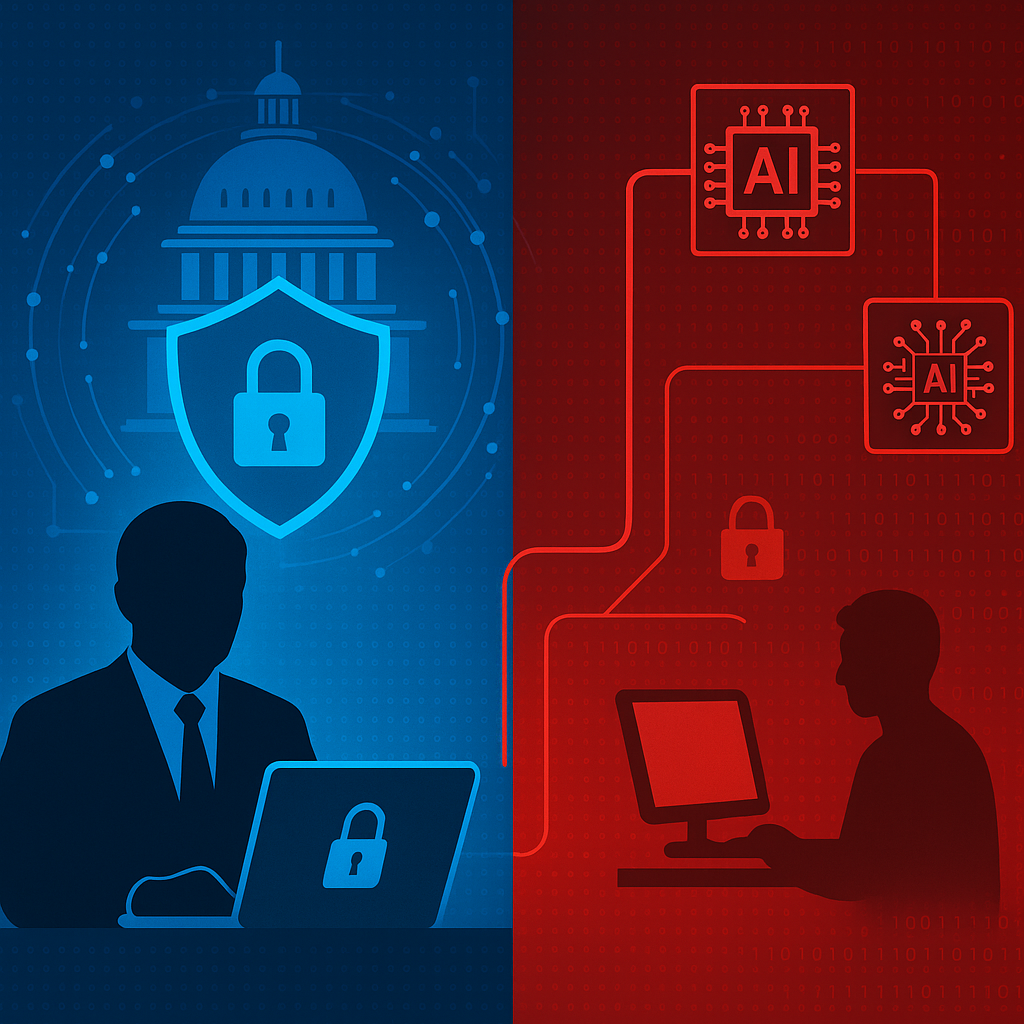Cybersecurity and Zero Trust in Regulated Industries
An Educational Overview for Decision Makers on Best Practices and Regulatory Compliance
In today’s digital landscape, regulated industries such as banking, healthcare, and public services face ever-evolving cybersecurity threats. Traditional perimeter-based defenses no longer suffice. Organizations must adopt new security models to protect sensitive data while meeting strict regulatory requirements. One promising approach is the Zero Trust model, which operates on the principle of "never trust, always verify." This post provides an educational overview of Zero Trust principles and best practices that align with regulatory frameworks.
Understanding Zero Trust Security
Zero Trust security calls for rigorous identity verification, strict access controls, and continuous monitoring of all network activity. Instead of assuming that anything inside the network is secure, this model treats every user and device as a potential threat. The World Economic Forum offers a comprehensive report that outlines the key principles for understanding and deploying Zero Trust. These principles include enforcing least privilege access, segmenting networks, and continuously verifying identities and devices.
Adopting Zero Trust means rethinking security strategies. Rather than relying solely on edge-based defenses, organizations need to invest in solutions that provide real-time visibility and risk-based authentication. Educational resources, such as the Caltech blog on Zero Trust security, offer detailed explanations and case studies that help illustrate how Zero Trust can be implemented in practice.
Regulatory Frameworks and Compliance
Regulated industries must balance robust security measures with stringent compliance requirements. Frameworks such as the GDPR in Europe, HIPAA in the United States, and various financial regulations mandate that organizations handle data with the utmost care. Adopting a Zero Trust model can help fulfill these obligations. For instance, the Microsoft Learn article on meeting regulatory and compliance requirements explains how Zero Trust approaches naturally align with data protection mandates by ensuring that access to sensitive information is tightly controlled and continuously monitored.
In addition, the Federal Zero Trust Data Security Guide provides practical recommendations for federal agencies. It details how to secure data assets and maintain compliance with government regulations. This guide serves as an excellent resource for decision makers who need to develop a security strategy that meets both operational needs and legal obligations.
Best Practices for Decision Makers
Decision makers in regulated industries can benefit from embracing these best practices:
- Continuous Monitoring:
Implement robust monitoring systems that continuously verify user identities and device status. This approach ensures that access remains appropriate over time and that any anomalies are promptly addressed. - Risk-Based Access Control:
Adopt methods that grant access based on dynamic risk assessments. Enforcing least privilege access helps minimize the attack surface by ensuring that users only have access to data necessary for their roles. - Network Micro-segmentation:
Divide networks into smaller segments to contain potential breaches. Microsegmentation ensures that even if one segment is compromised, lateral movement across the network is limited. - Comprehensive Identity and Access Management (IAM):
Invest in advanced IAM solutions that incorporate multi-factor authentication and continuous credential verification. A well-structured IAM system can serve as the backbone of an effective Zero Trust strategy. - Integration with Regulatory Requirements:
Align security initiatives with specific compliance obligations. Resources like the Glasswall cybersecurity compliance guide offer insights into the key laws and regulatory frameworks affecting the industry and how Zero Trust measures can support these requirements.
These best practices are not a one-size-fits-all solution. Instead, they represent a framework for decision makers to evaluate their current security posture and identify areas that require further investment or strategic realignment.
Real-World Guidance and Perspectives
Practice-oriented resources can offer guidance tailored to a regulated environment. Articles such as Address the Challenges of Compliance and Cybersecurity with Zero Trust underscore the importance of investing in automation and continuous monitoring tools. They stress that while Zero Trust is never a silver bullet, it can serve as a foundational element of a broader security strategy that evolves with emerging threats and regulatory guidelines.
By examining these resources and integrating industry best practices, decision makers can build a resilient cybersecurity framework that not only protects critical assets but also ensures compliance with the ever-changing landscape of data protection regulations.
Conclusion
In regulated industries, the stakes for cybersecurity are exceptionally high. For decision makers, adopting a Zero Trust model offers a proactive path to address security challenges and meet compliance requirements. By integrating continuous monitoring, risk-based access management, and network micro-segmentation, organizations can enhance their defense mechanisms while staying aligned with regulatory mandates.
An informed approach that leverages educational resources and recognized industry guidelines will lead to a more secure and compliant digital environment. Embracing Zero Trust is not only about modernizing cyber defenses but also about fostering a culture of security that can adapt to future challenges.
For more insights on digital transformation in regulated industries, follow my latest posts on The Deady Group or contact us for more information.
Share on Socials









